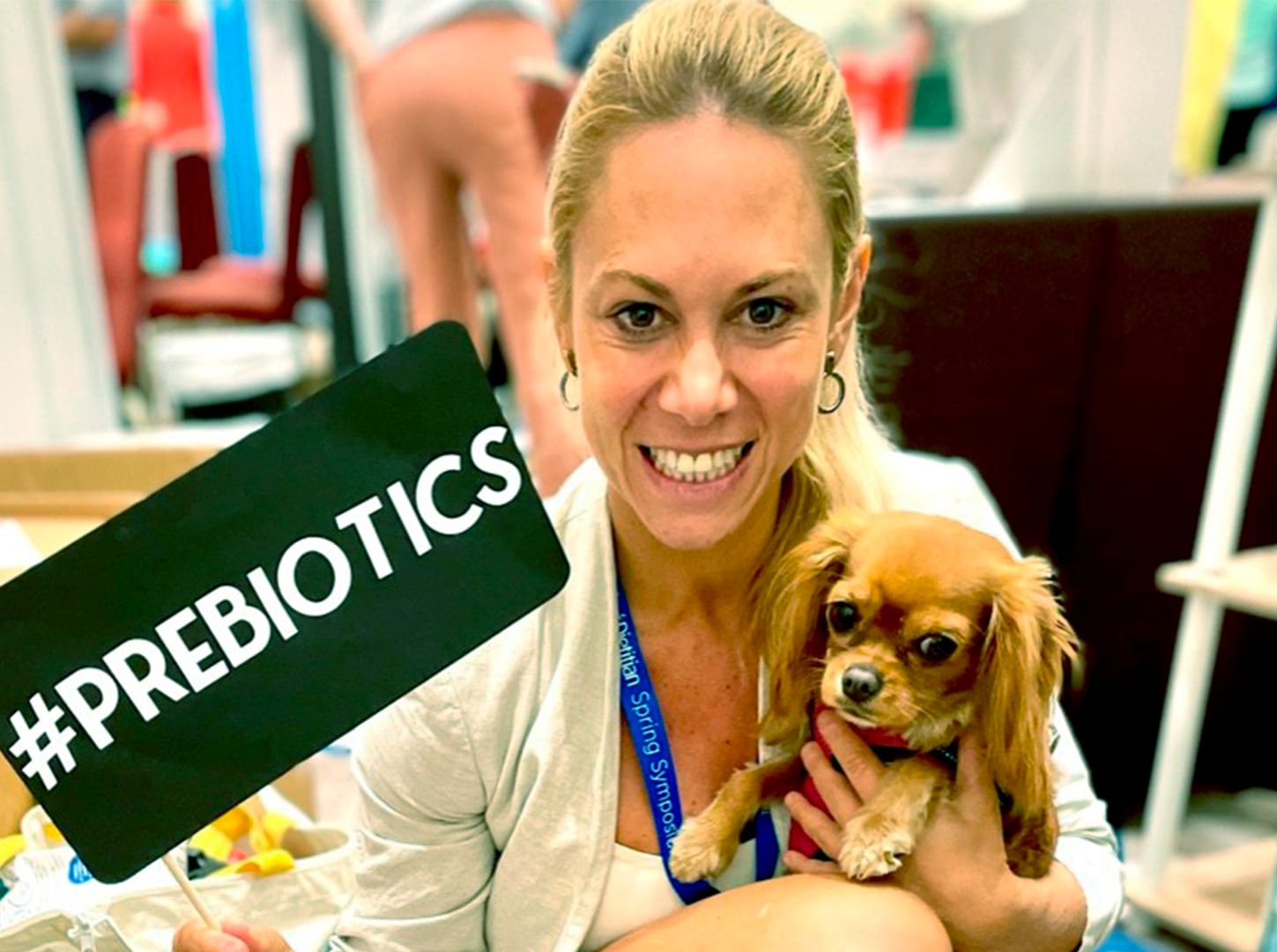The Prebiotic Dietitian
Nourishing the gut to transform your physical, emotional and metabolic health
With over 17 years as a registered dietitian specializing in prebiotics, Kara Landau has transformed countless lives through her education on gut health and enhancing overall quality of life. As the media representative and nutrition advisor for the Global Prebiotic Association, she is a trusted voice featured in Forbes, US News, Women's Health, and more. Her extensive global experience, spanning Australia, NYC, and the UK, offers a unique perspective on simplifying complex dietary decisions related to gut and metabolic health. Through clear guidance and targeted strategies focused on boosting natural GLP-1 satiety hormones with prebiotics, Kara helps clients achieve improved digestive health, increased energy levels, and enhanced metabolic wellness.

Work Personally With Kara Landau
Transform your health with personalized guidance and expert care. Kara offers tailored packages, including one-time consultations and comprehensive monthly programs designed to enhance gut health, naturally boost GLP-1 satiety hormones, and help you achieve your health and weight goals. Whether you need a quick dietary boost or long-term support, her packages are customized to meet your unique needs."

Media & Expert Commentary
Looking to elevate your content with expert insights? With over a decade of media experience, Kara Landau has been featured in major outlets like Forbes, US News, Men's Health, and more. As a leading voice in prebiotic nutrition, she delivers engaging, evidence-based commentary and actionable guidance that captivates audiences and drives impact.

Food Industry Advisor
Bring Kara Landau’s expertise to your company. As a seasoned nutrition advisor and industry leader, Kara provides valuable insights, guidance, and endorsements to elevate brand credibility and connect with health-conscious consumers. Her unique experience offers true innovation, effective messaging, and trust-building among influential registered dietitians and health practitioners.